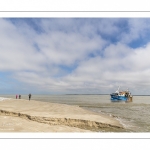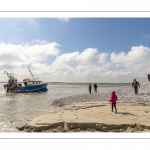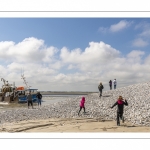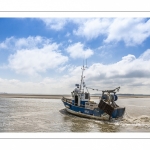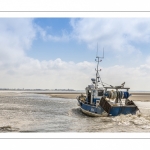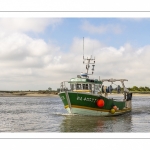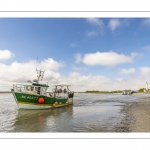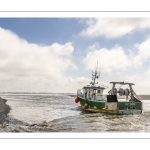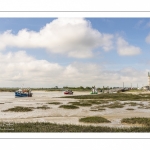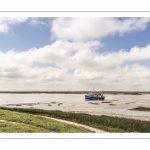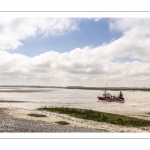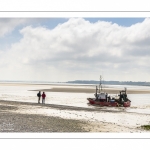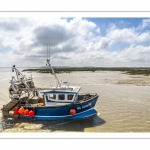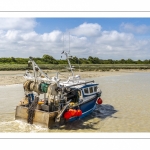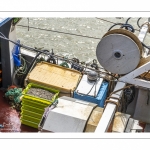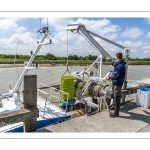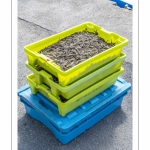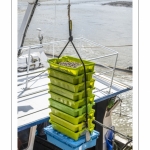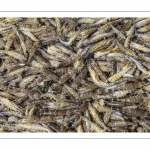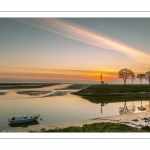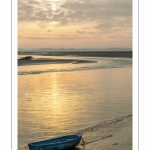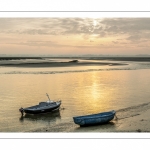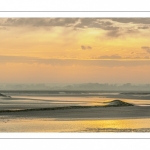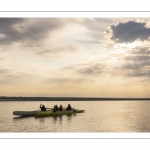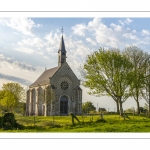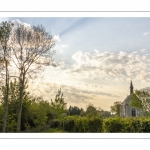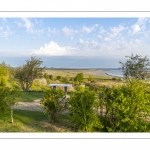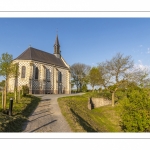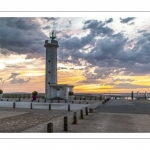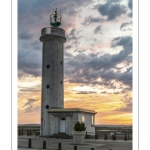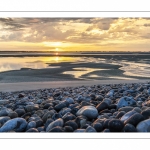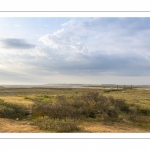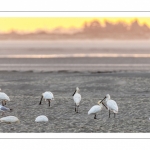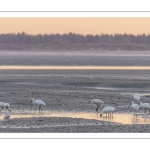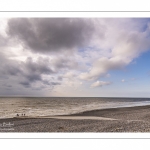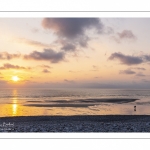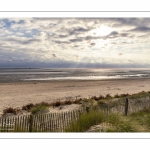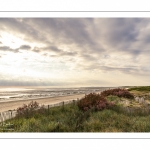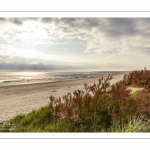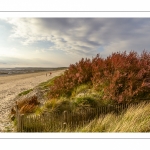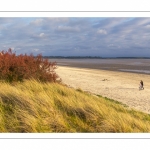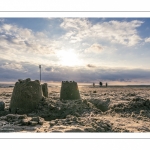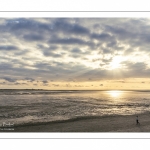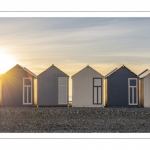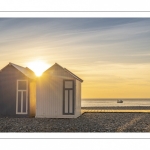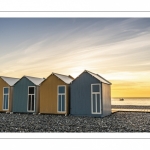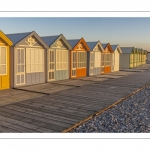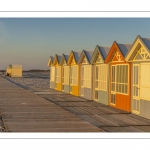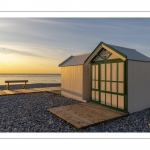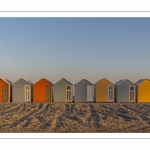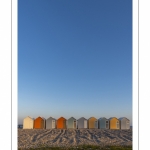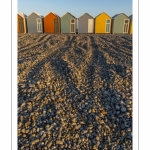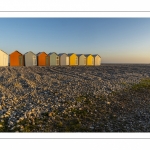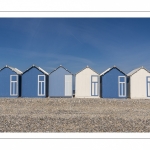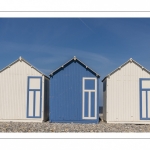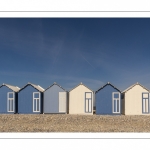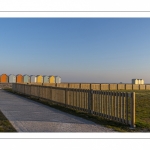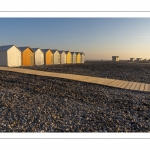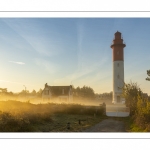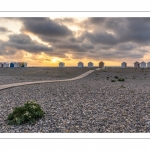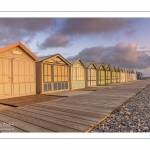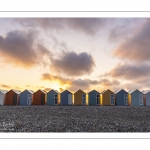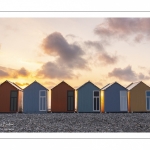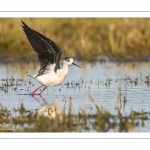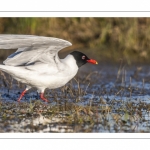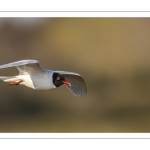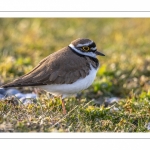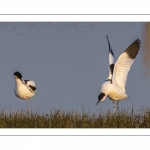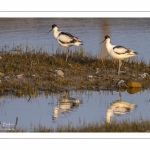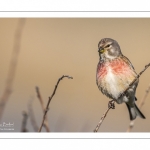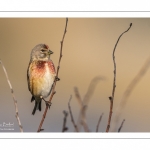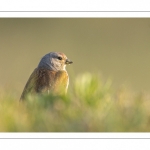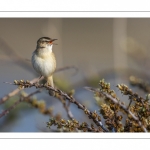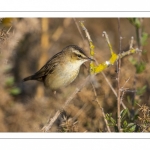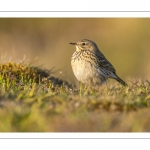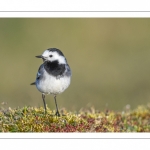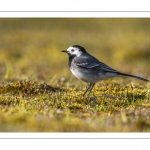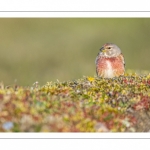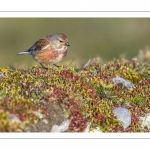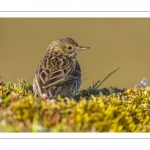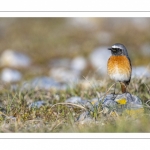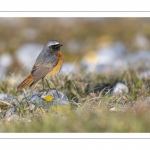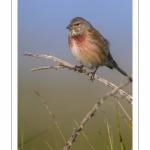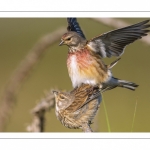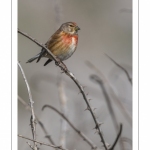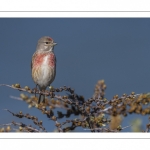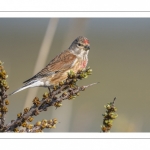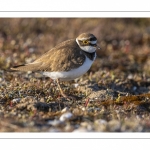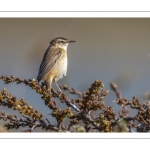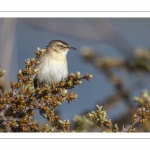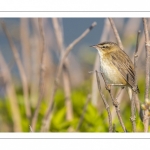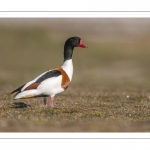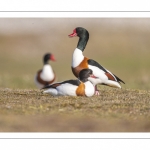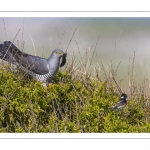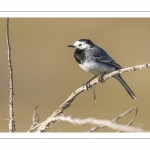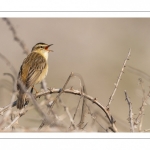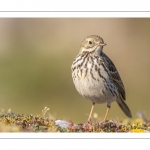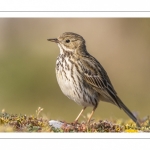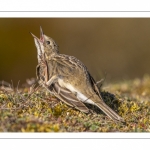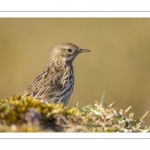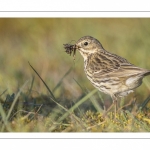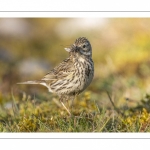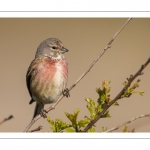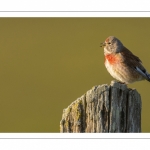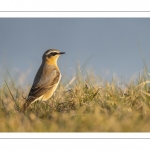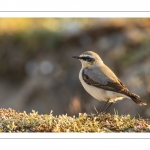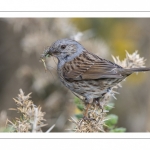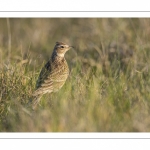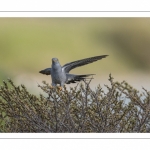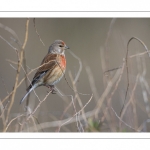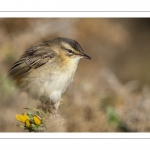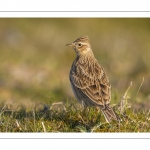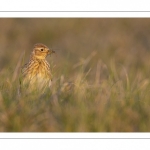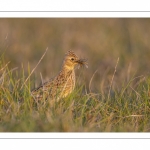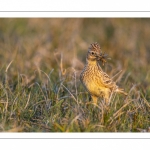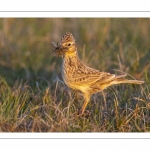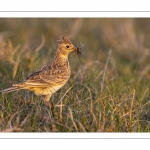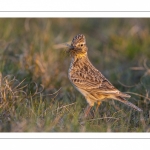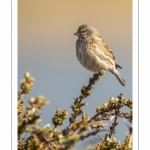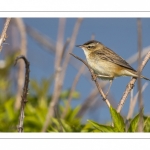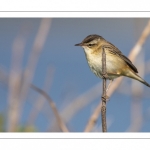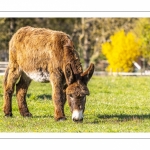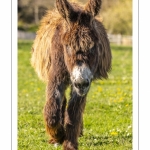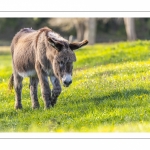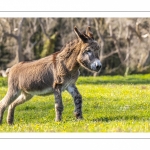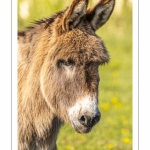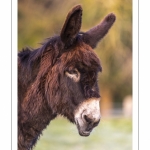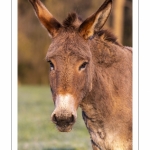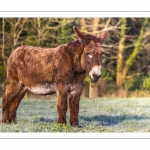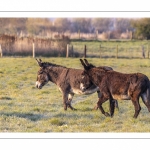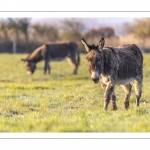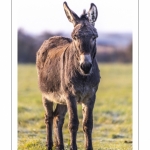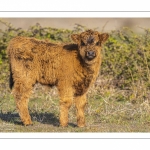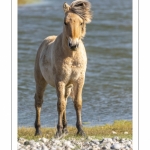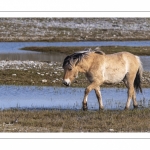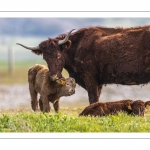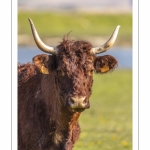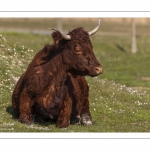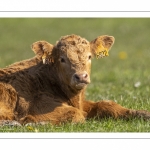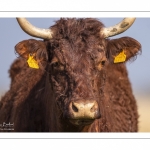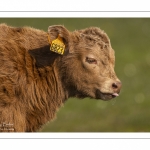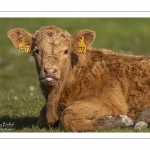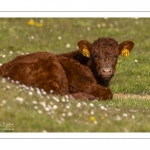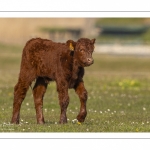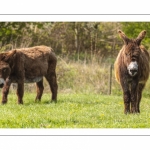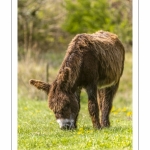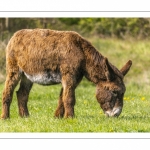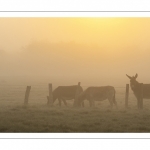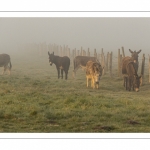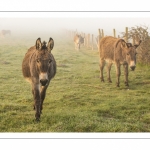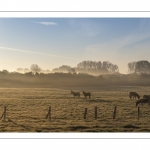Les pêcheurs du Hourdel
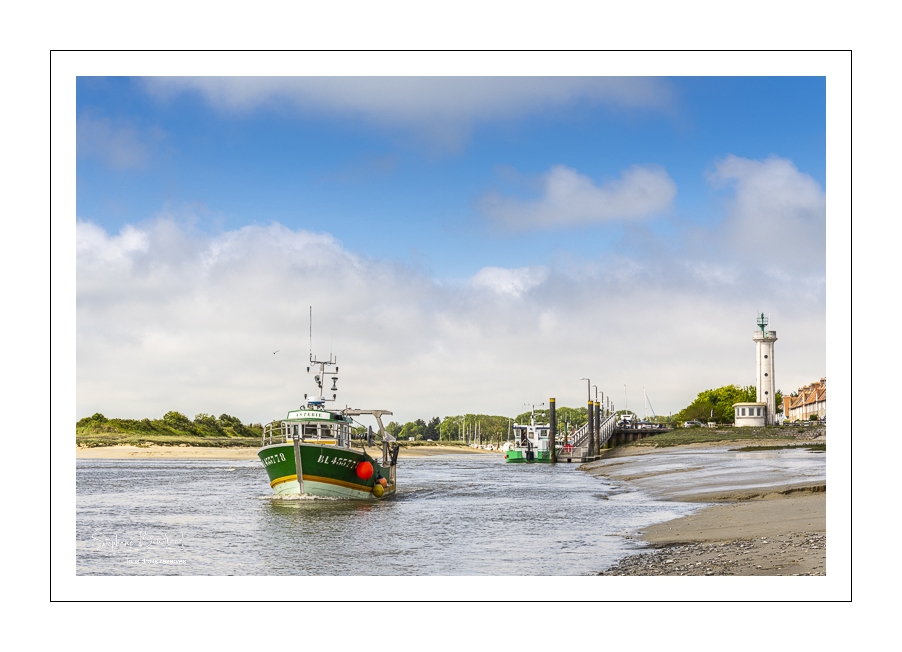
Rose-orangée après la cuisson, la crevette grise (Crangon crangon) mesure 5 à 7 cm, et sa couleur naturelle varie en réalité suivant le milieu où elle vit (jaune sable, verte, ou grise). On la trouve près du fond, à faible profondeur (moins de 20 mètres). Elle se nourrit la nuit et se déplace surtout à marée haute. Pour autant, elle ne s’éloigne guère de l’estuaire où elle est née [1]. Elle reste enfouie dans le sable le jour, ne laissant dépasser que ses antennes, pour se protéger des prédateurs. La crevette grise est omnivore et c’est un excellent nettoyeur des fonds marin, mais qui concentre les polluants de ce fait.
En baie de Somme, suivant les saisons, les pêcheurs attrapent la crevette grise, la sole, la limande, le turbot ou le carrelet. La crevette grise est une spécialité des pêcheurs du Hourdel, qui réalisent 5% à 10% de la production française. Ce crustacé est rapide et agile, ce qui lui vaut le surnom de « sauterelle« . Par extension, les chalutiers sont donc des « sauterelliers" [2]. Ces bateaux sont relativement petits, de 9 à 12 mètres, et embarquent 1 à 3 marins pêcheurs pour une dizaine d’heures en général, parfois plus. Ils raclent le fond avec un chalut spécifique et vanté comme très sélectif. Ce type de chalut (« Devismes et Asselin », du nom de ses concepteurs) a été mis au point par un pêcheur du Crotoy afin de séparer les crevettes capturées des poissons qui sont relâchés. A l’inverse des chaluts classiques, les « gros » dont la taille est supérieure à celle d’une crevette peuvent s’échapper, mais pas les petits. C’est une pêche côtière, pratiquée dans les estuaires de la Somme, de l’Authie et de la Canche principalement, et de façon artisanale.
Pour autant, l’activité de pêche professionnelle en baie de Somme se résume aujourd’hui pour l’essentiel à quelques chalutiers amarrés dans le petit port du Hourdel. Durant les mortes eaux, les bateaux sont contraints à aller au Tréport, faute de disposer d’assez de tirant d’eau en baie. Le petit port est alors vide de ses pêcheurs. Quelques familles font perdurer cette activité depuis plusieurs générations, mais leur nombre diminue peu à peu, faute de repreneurs. La raréfaction du poisson est la principale cause de cette désaffection. En 2018 l’Ifremer[4] a d’ailleurs publié une étude estimant que 80% du poisson a disparu en baie de Somme sur ces 30 dernières années. L’étude impute cette disparition au réchauffement des océans, particulièrement exacerbé en Baie de Somme et dans toute la partie Manche/Mer du nord. Il est en effet 4 fois plus rapide ici que dans la moyenne des océans.
C’est donc une véritable chance de pouvoir encore être témoin de cette activité traditionnelle. Voir les enfants accompagner en courant le retour des bateaux dans le chenal ou bien suivre les curieux pour assister au déchargement de la pêche sont des plaisirs simples qu’il faut savoir apprécier… Sans parler de la dégustation !
[1] Etat des lieux des pêcheries de crevettes grises dans les estuaires de la Loire et de la Vilaine, Sylvain Rocheteau, 14/9/2014, Mémoire de fin d’études, Master Sciences Agronomiques et Agroalimentaires Spécialité Sciences Halieutiques et Aquacoles :
[2] Ville de Cayeux-sur-mer : https://www.cayeux-sur-mer.fr/economie-et-developpement/peche-profesionnelle/
[4] Ifremer : Baisse de 80% de l’abondance de poissons en 30 ans en baie de Somme –
Images de la Baie de Somme

Voici un petit pêlemêle de photographies prises au printemps en baie de Somme. La promenade commence sur les quais de Saint-Valery. A l’aube, les levers de soleil toujours aussi beaux. La brume matinale diffuse la lumière orangée du soleil levant et l’eau reflète le ciel magnifique. Quelques barques ondulent sur l’eau calme, juste bercées par le courant dans le chenal.
Le lendemain, c’est au Hourdel que je profite du soleil levant, le ciel plus chargé se découvre peu à peu pour permettre la photo ci-dessus, avec le chalutier amarré à l’entrée du port. Quelques jours plus tard, c’est la drague verte bien connue des habitués du lieu qui a pris sa place. A la pointe du cordon de galets, les spatules blanches sont réunies comme à leur habitude. Elles explorent les eaux peu profondes à la recherche des crabes et des crevettes.
Au cap Hornu, c’est le printemps ! Après un grand bonjour aux amateurs de pirogue indonésiennes (Va’a) qui passent dans le chenal, je me dirige vers la chapelle des marins. Le chemin qui grimpe le côte pour accéder au point de vue est bordé d’arbres fruitiers en fleurs, c’est très joli. Je découvre également avec plaisir un nouveau point de vue sur la chapelle car la haie qui la masquait a été taillée.
Enfin je tente ma chance un soir, malgré une météo assez imprévisible. A Cayeux un grain approche, je fais quelques images avant de filer sur le Crotoy plus dégagé. La lumière filtrée par les nuages est superbe et laisse deviner les rayons du soleil. Un Tamaris de belle taille colore la dune, il sera mon sujet et mon modèle pour la soirée !
The path of boards in Cayeux-sur-mer
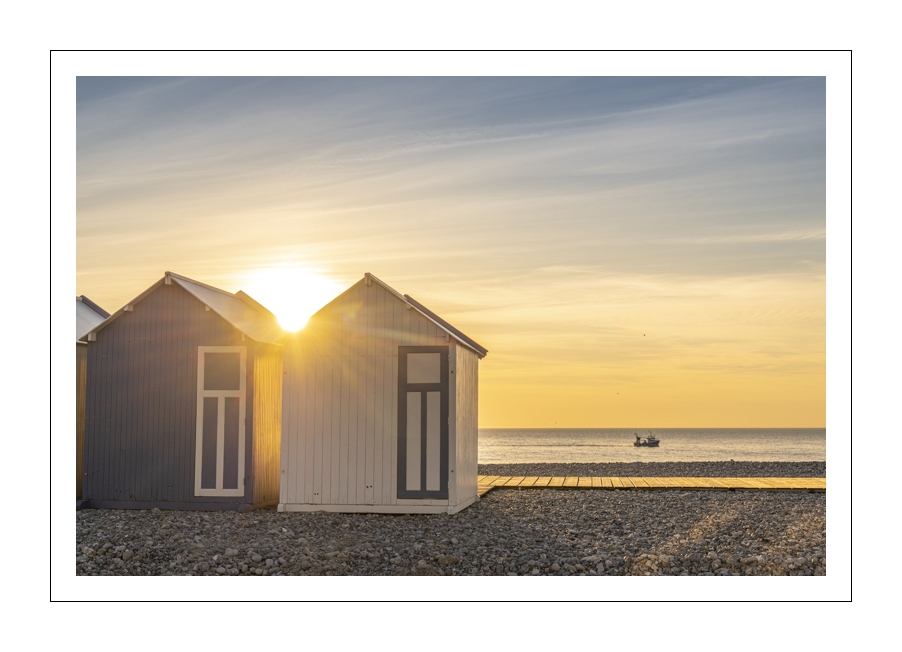
The chemin des planches in Cayeux-sur-mer extends for 1.8 km along the pebble beach, which is said to be the longest in Europe. It is installed by the municipality each spring and put away at the end of the summer season, before the first storms. The chemin des planches is lined with nearly 400 beach cabins which make all the charm of this destination. Traditionally white and green, the cabins have been partially repainted this year with great taste. This much richer and harmonious color palette, already makes the happiness of photographers.
At sunset, it is a must-see as the cabins are bathed in a beautiful golden light. Take the walk by reading the names given to each of its cabins, it's full of poetry and humor... From this spot, you can reach the cliffs and the Hâble to the south. To the north, it is the lighthouse of Brighton and the white road towards Le Hourdel and the bay of the Somme with a pleasant bicycle ride.
For the small story, these cabins appeared at the end of the 19th century, in the "belle époque" , before the First World War. The bourgeoisie discovered the fashion of sea bathing and the development of the railroad allowed the first tourists to come and enjoy the coast. The beach cabins were then used to allow the ladies to change. They replaced the canvas tents initially used. The first ones even had wheels to be brought closer to the water.
They are now largely privately owned but are listed in the general inventory of cultural heritage. Their installation is subject to strict specifications, it is forbidden to trade, sleep, or light a barbecue (Source) . Since this year, a beach bar is open with an architecture in the style of cabins, and offers entertainment to holidaymakers by hosting small concerts in particular.
A spring at the Hâble d'Ault
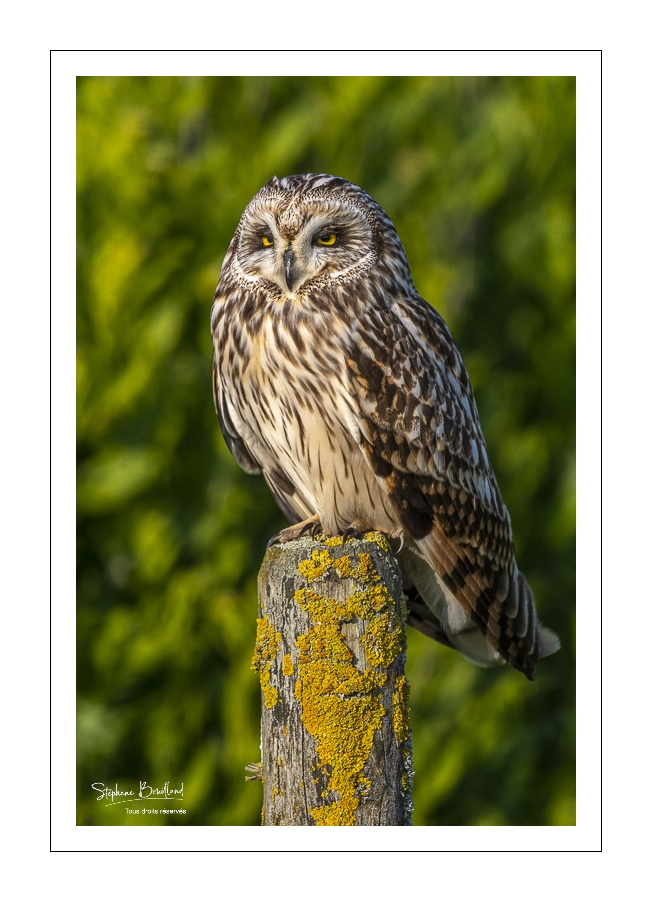
This year, the weather offered us two beautiful weeks of good weather in spring while I was on vacation and I was able to take advantage of it to go and do some wildlife photography at the Hâble d'Ault.
First of all, there was this beautiful Barn Owl, sitting on his post, and letting me get within a few feet. I can't imagine how the mouse feels when he meets the yellow and piercing eyes of this bird... I could see him a second time a few days later, but he was less cooperative...
I also came across the gray cuckoo, who had come to look for a large caterpillar in a bush near which I had posted my blind. The whinchat I was watching at the time got the fright of its life.
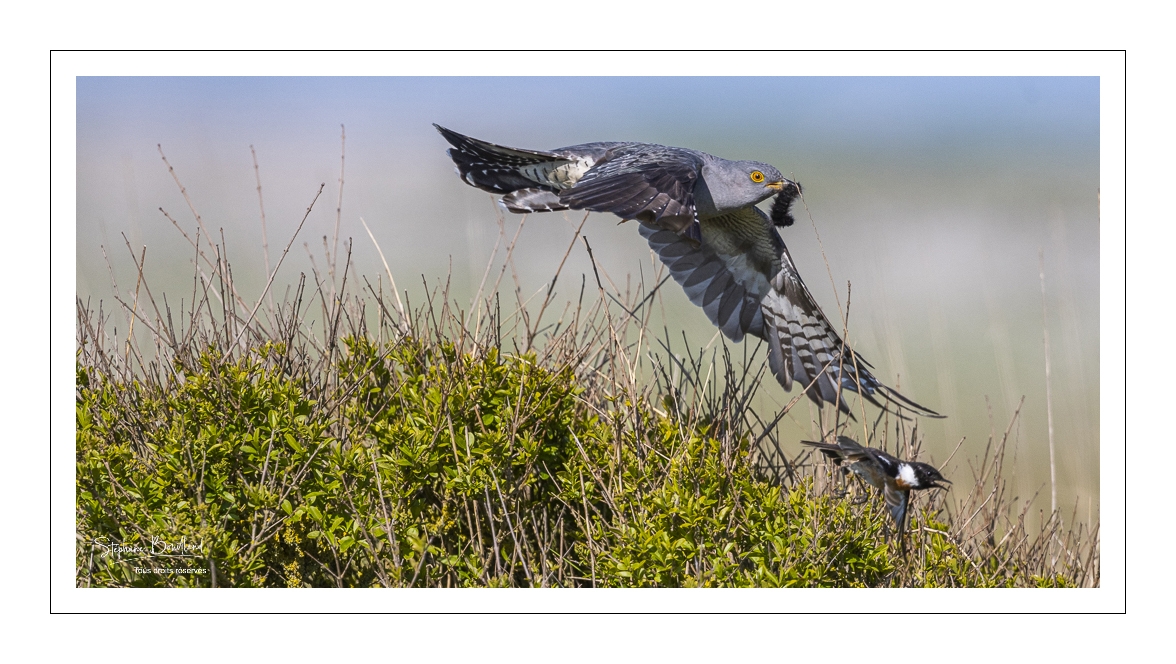
There was also the white-fronted redstart, which I had never encountered before. This little bird really has a beautiful, colorful livery.

I also learned to recognize the Lark, which I must have often confused with the Meadow Pipit in the past. The beak is actually more conical, there is sometimes a small crest erected on the head and the spots on the belly do not go down as low as in the pipit... I was able to observe them feeding their young by bringing them in turn (both adults participate) full spoonfuls of mosquitoes, larvae and other insects. The nest is a simple cavity at the foot of a grass clump, and the parents are very careful not to feel observed before going there. The brood is at the mercy of the first dog not held on a leash that passes there, or of the first vehicle that drives off the path... Notice to the hunters of the area who do not have much consideration for all this biodiversity.
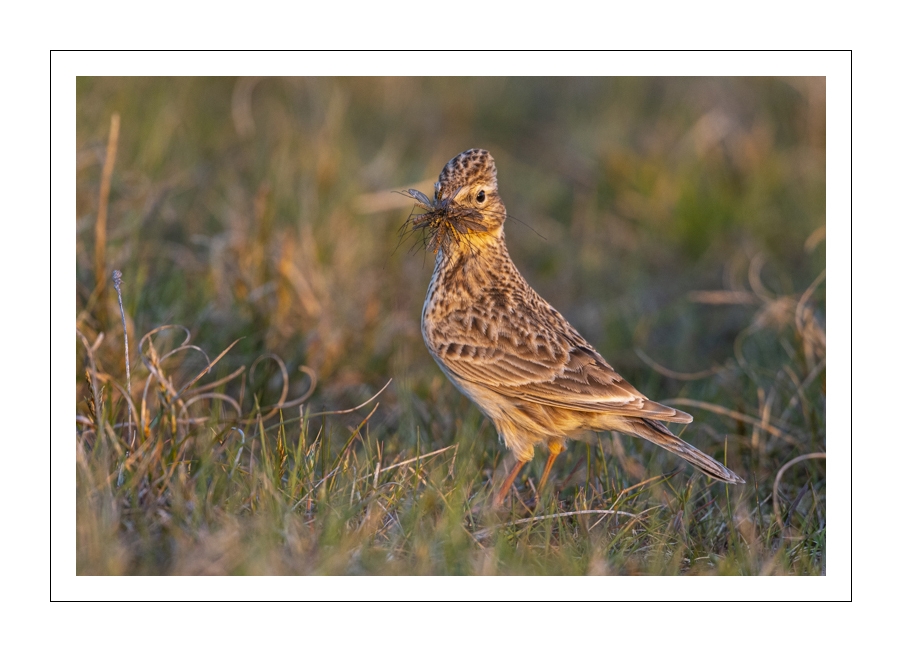
And then there were the usual melodious linnets, whose male with those red colors is so photogenic. I was able to witness the nest building in a bush, which seems to be the responsibility of the female, with the male merely accompanying her. I could also see a very brief mating scene. The linnets seem to enjoy the lichens and other fatty plants that they find on the gravelly lawns of the hâble, sometimes merging with the vegetation in an astonishing mimicry.
The brush warblers are also well represented at this site. At this time, the males sing at the top of the branches of the bushes to attract females. The variety of trills they emit is incredibly rich! What a repertoire they have! And then as soon as they have found a mate, it is radio silence and they return to their discreet life...
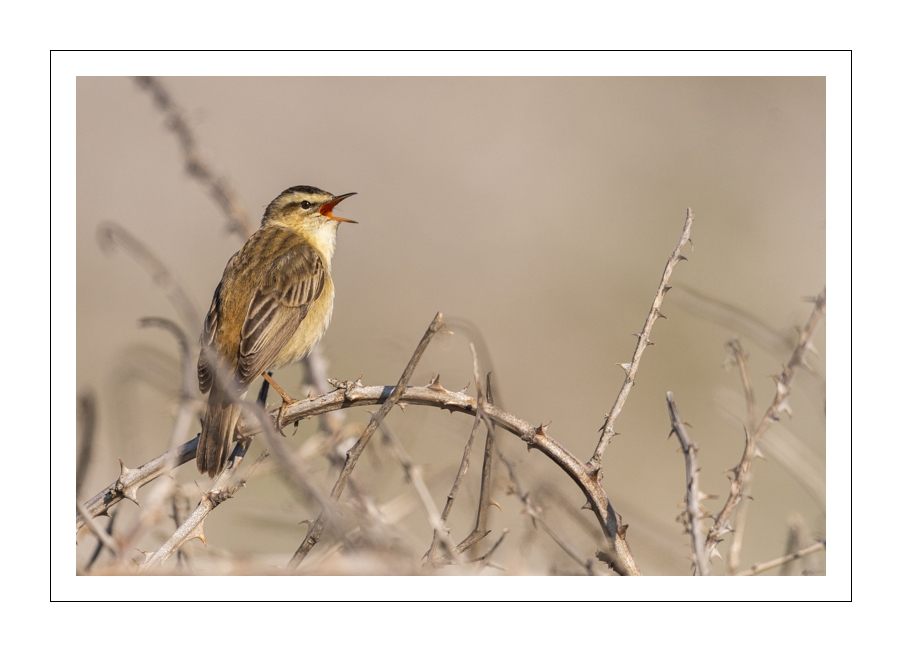
In the images below, you will also find the following species, some of which are emblematic of the Bay of the Somme: Elegant Avocet, White Stilt, Melanocephalus Gull, Meadow Pipit, Spring Wagtail, Grey Wagtail, Northern Accentor and Little Gravelot. Enjoy your visit!
Along the pastures...
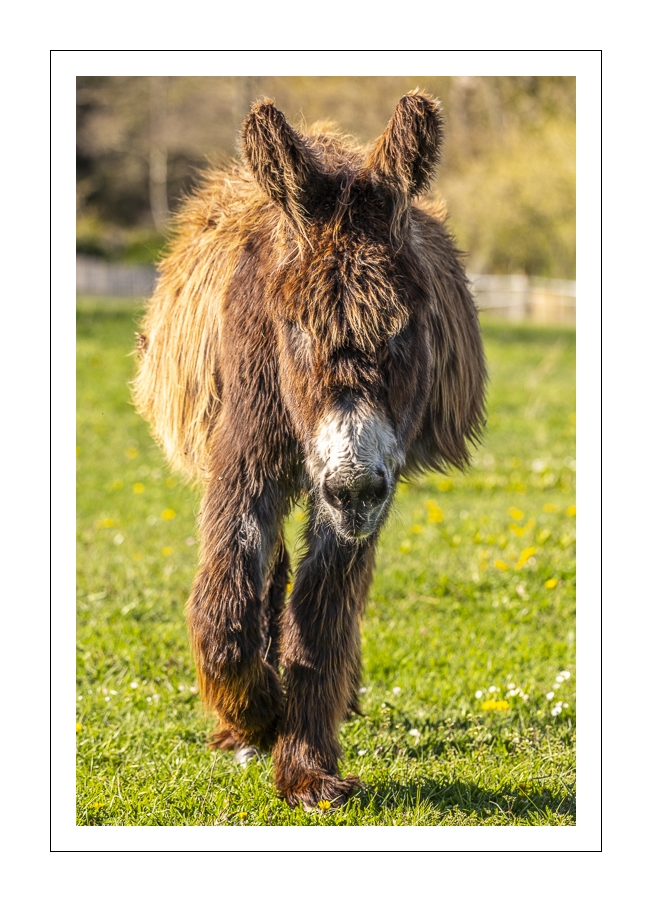
They accompany most of my photo outings and yet it is rare that I give them the attention they deserve. To make up for this, here is a gallery dedicated to farm animals encountered in the pastures. You will find a series on donkeys near Cayeux-sur-mer, with common donkeys and Poitou donkeys, some fjord ponies crossed at the hâble d'Ault too. I add the Highland cows and especially their calves so photogenic, as well as the Salers with long horns. And for the anecdote, a group of wild boars which crossed the road near me one morning.
Misty mornings in the Baie de Somme

Here is a series of photographs taken on cold spring mornings in the Bay of the Somme. They are of the polders which extend on the other side of the dike of the panoramic road, between Pinchefalise and Noyelles-sur-mer. The aerial views are taken with a drone. Taking a little height allows to pass above the layer of mist and fog. We then discover the pastures covered with cotton, the mist undulating and thickening with the wind and the sun which gradually warms the ground and the atmosphere. These are dreamlike landscapes that are totally different from the usual perception of this environment.
